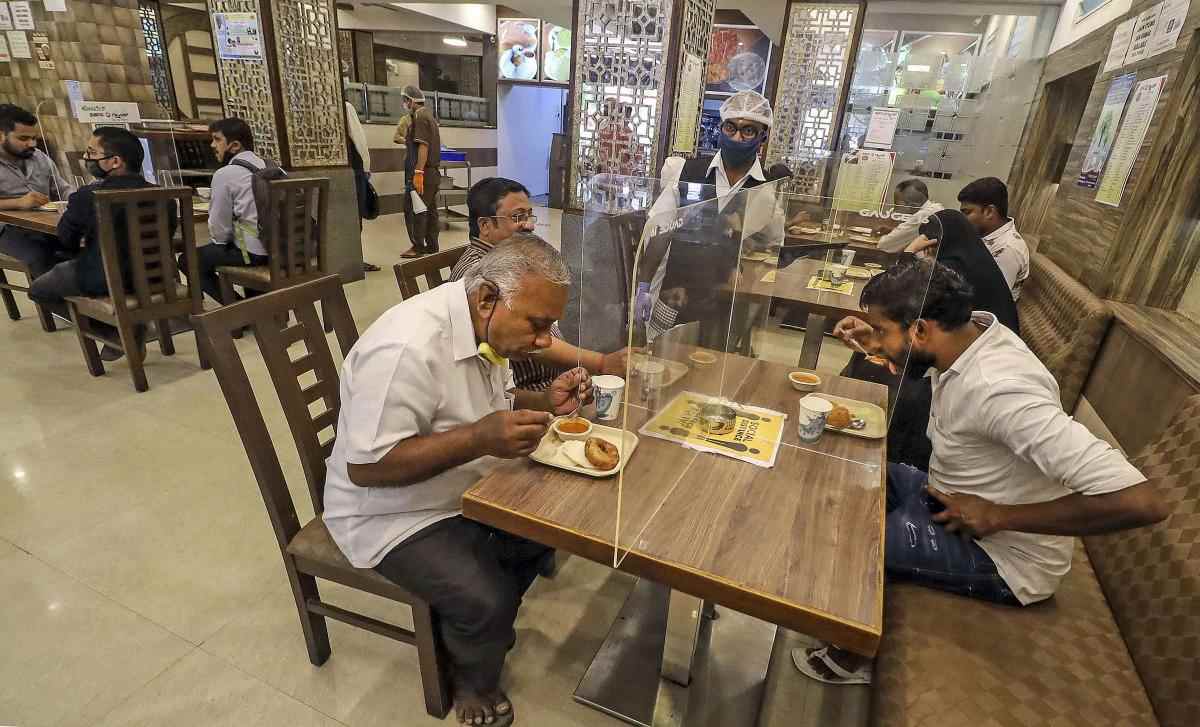印度首都新德里等城市地区的5月失业率达到26%。作为新型冠状病毒的防控举措,印度从3月底启动全境封锁,经济活动停止,全国有1.2亿人失去工作。结果,在城市地区失业的外出务工劳动者不得不返回农村,在这一过程中扩大了感染。印度将自6月8日起分阶段恢复经济活动,但也存在疫情扩大速度加快的风险。
印度政府并未定期发布官方的就业数据。民间调查公司CMIE的调查显示,失业率在城市地区截至3月为8~9%左右。4月暴涨至25%,5月达到26%,刷新了历史新高。从5月的失业率来看,农村为22%,印度整体为23%。印度的总人口约为14亿人,城市地区占3成以上。
CMIE还计算了每日失业率,城市地区截至6月4日持续高达24%。呈现出约4人中就有1个人失业的严峻状况。
CMIE认为,截至4月失业的约1.2亿人的约7成为日工劳动者。新德里和孟买有大量来自周边农村的外出务工劳动者汇聚。在建筑一线和工厂从事日结薪金的工作,但很多都在城市封锁后遭到解雇。
“由于无法赚到钱,连每天100卢比(约合人民币9元)的饭钱都付不起”,3月21日在新德里的建筑工地失业的拉姆·辛(音译,32岁)唉声叹气道。
最开始雇主提出了4月中旬复工的展望,但封城时间延长,拉姆·辛只能在5月上旬返回了农村。他表示,“巴士坐满了人,到家需要4个小时。很多乘客都没有戴口罩”。
世界卫生组织(WHO)的数据显示,印度的感染者截至6月4日超过21万人。尽管封城维持了2个多月,但目前的新增感染者仍达到每天8000~9000人,以历史最快的速度增加。在城市地区失业的外出务工劳动者在乘坐巴士和电车等成群结队返回农村,这也是感染扩大的原因之一。
当地媒体表示,在比哈尔邦,近期有3成感染者是返乡的外出务工劳动者。印度总理莫迪5月30日向国民发表声明称,“受新冠病毒危机影响,外出务工劳动者和小规模产业的工人面临困境”。他强调,“必须解决他们的困难”。
印度政府在5月中旬提出总额20万亿卢比的经济刺激对策,表示向所有外出务工劳动者无偿提供2个月的食品。但金融市场很多声音表示,“在20万亿卢比中,伴随财政刺激的经济对策仅为约1成,不足以提振经济”。印度储备银行(央行)预测2020年的实际增长率为负数。
印度政府将在疫情仍未缓解的背景下,自6月8日起分阶段重启经济活动。
